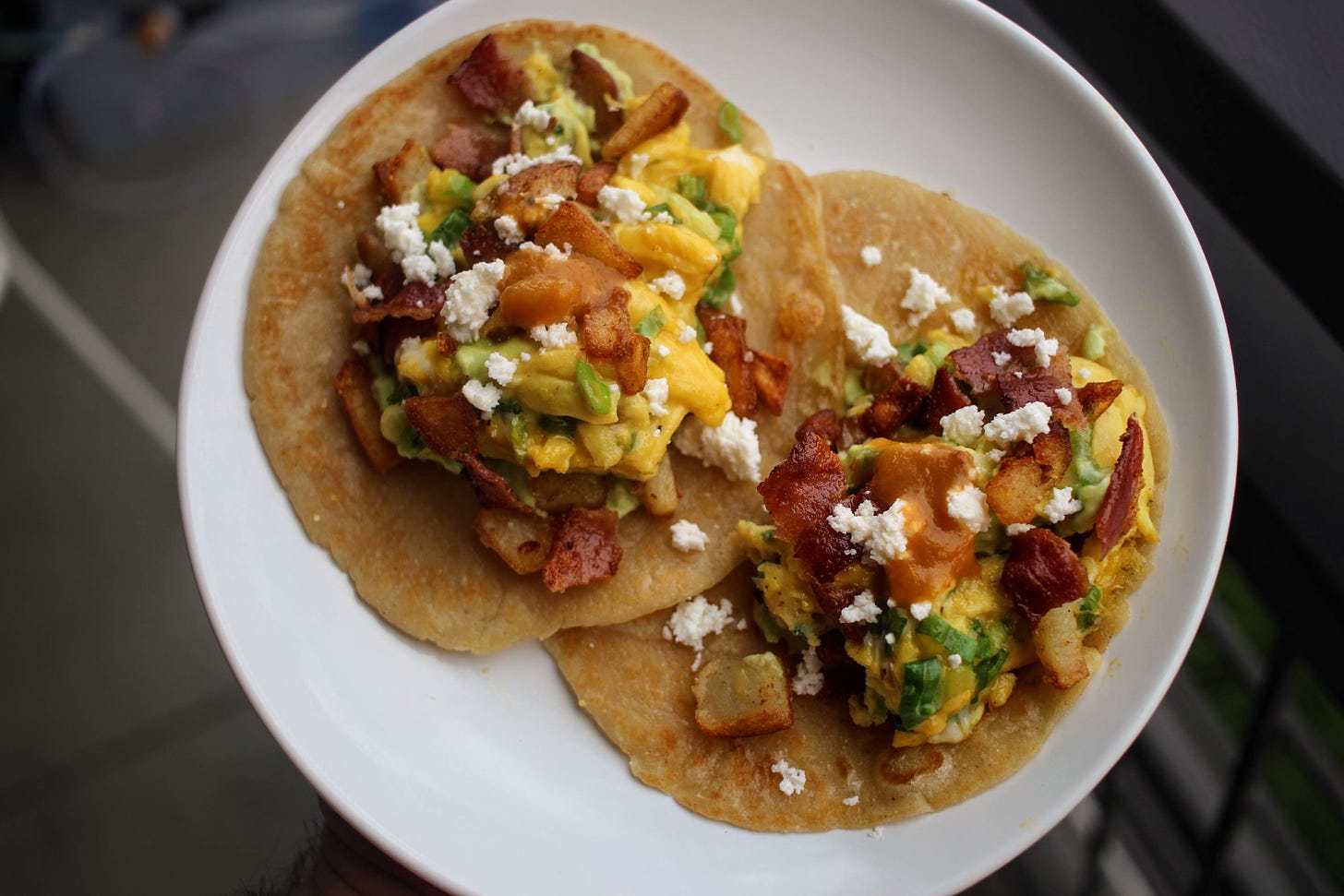Masa: Techniques, Recipes, and Reflections on a Timeless Staple by Jorge Gavira teaches you the anatomy of a corn kernel, the process of preparing that corn kernel to be ground into masa, and how to use that masa to make dozens of beloved dishes from many cultures. Before letting the reader lay an eye on a recipe, he explains the science and culture behind masa in microscopic detail. There’s a lot of information—way more than I considered possible for such a seemingly simple ingredient. Masa has always been on my holiday dining table, but I never took the moment to turn around and ask it: “Hey, what’s your story?”. Today, I’m sharing some of the science and history behind masa in hopes that you’ll have some newfound appreciation next time you bite into a tamale.
The Science Behind Transforming Corn to Masa
Nixtamalization is the process of soaking dried corn in calcium hydroxide and water. This alkali mixture softens and plumps the kernels. At this stage, they’re known as hominy and are used in several dishes such as pozole. The alkali water also causes a chemical reaction within the kernel that prepares the starches and other materials in the corn to be ground and worked into a dough. This resulting dough is known as masa, and it’s more versatile and nutritious than the kernels themselves.
What does Starbucks and masa have in common?
According to Jorge Gavira, coffee and masa have undergone a similar evolution. For coffee, the first wave was a tub of Foldgers, then chains like Starbucks became popular, and the attention is now on “hipster” coffee shops with ethically sourced beans and $7 cups of coffee. Each wave builds upon the last, but they all still hold their place in society. Masa has recently entered its third wave: it began with dry masa harina, then people started valuing “authentic” tortillas, and we’ve entered a time where customers value handmade tortillas from heirloom corn. These varieties of corn are less processed, have a distinct flavor, and vary in color. This preference for traditional corn helps smaller farms in Mexico thrive while also increasing the crop’s bio-diversity. This diversity has two major benefits: consumers have the option to choose what they consume and corn is less susceptible to face shortages or extinction from disease. (Two popular bananas, the gros michael and cavendish, are clones of themselves. This makes them extremely prone to disease and the gros michael previously faced extinction.)
Preserving Mexican Recipes
The preservation of heirloom varieties of corn provides a better life for small farmers and a better tortilla on our plate. Similarly, the act of documenting recipes is necessary for preserving the history of a culture. We learn a lot about the way our ancestors lived by the way they ate, the ingredients they had available, and how they preserved food — who knows how many recipes have been lost to time. Maru Toledo has taken it upon herself to document the food of Jalisco, which she says lacks documentation prior to the 1940s.
“I have the opportunity to enter the most intimate part of the house,” says [Maru] Toledo. “The kitchen is where everything happens: There is laughter, crying, joy, shame.” People don’t like to invite outsiders into their kitchens, she says, because of that intimacy. But once she gets their permission, she makes sure to credit each one as the owner of the recipe. “My work is only the collection of information,” she says, and it comes with a duty. “I am obliged to take care of those recipes and try as much as possible to make sure that the dishes continue on and do not die.” When she finishes a book, she gives each person a copy. “If they taught me one or two recipes, I return with 200.” If the person has passed since she talked to them, she gives it to their family.
Hey!
I’m trying to reach a larger audience with these newsletters; so, if you enjoyed this, please consider sending it to at least one person that would find it interesting. Who even knows their friend’s emails though — am I right? Thankfully, you can share the link over text or DM too. Thanks for reading!



